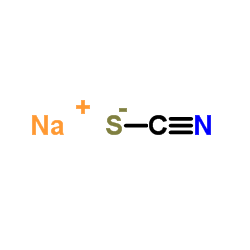| Structure | Name/CAS No. | Articles |
|---|---|---|
 |
Sodium thiocyanate
CAS:540-72-7 |
|
 |
Oil Of Rapeseed
CAS:8002-13-9 |